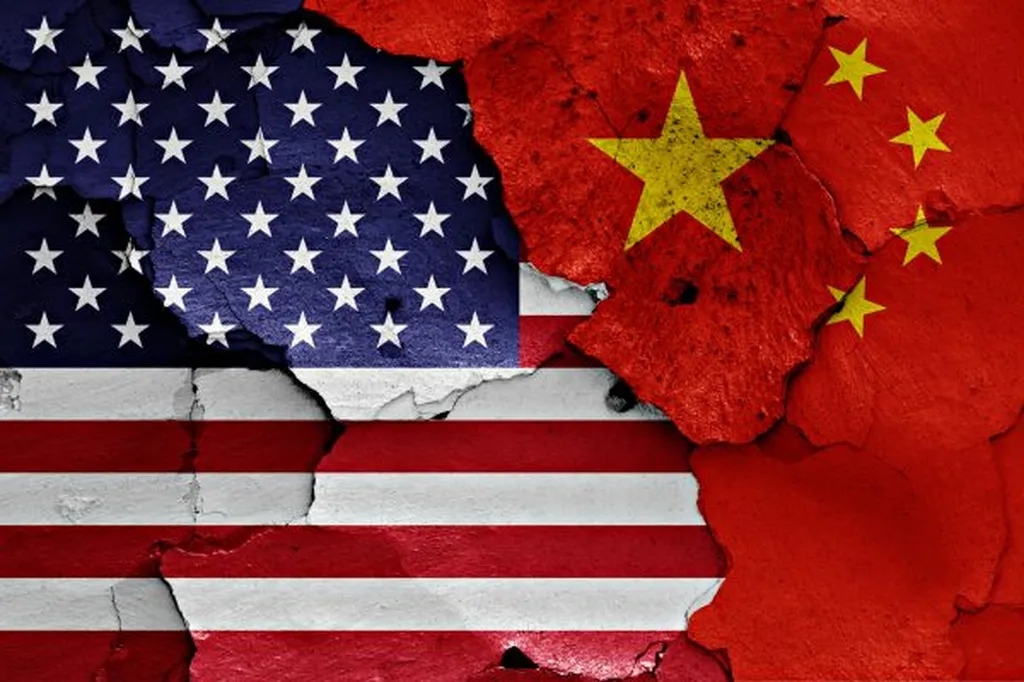The global race for fusion energy, ignited by the US National Ignition Facility’s (NIF) breakthrough in December 2022, has set the stage for a new era of energy competition. The stakes are high: the first nation to achieve commercial fusion energy will gain significant advantages in energy security, industrial competitiveness, and geopolitical influence. Yet, the United States, while leading in innovation and private investment, faces mounting challenges from China’s strategic investments and coordinated efforts.
China has already channelled substantial resources into fusion infrastructure, talent pipelines, and supply chains. The bipartisan Commission on the Scaling of Fusion Energy revealed that China has mobilised upwards of $6.5bn for fusion energy since the NIF achieved ignition, roughly three times as much as the US government has spent on its Fusion Energy Sciences Program in the same period. This follows a pattern seen in other critical technologies, such as battery electric vehicles (BEVs), where China’s state intervention has significantly impacted market competition.
The US, on the other hand, grapples with misaligned budgets and ageing public facilities. Decades of technological advancements have reduced the US’ public R&D infrastructure to legacy status, and critical test facilities, which China is actively building, are prohibitively expensive for any one fusion company to fund. The US Department of Energy (DOE) recognises the problem and has put forward a strategy to deliver the public infrastructure needed to enable the industry’s scale-up in the 2030s. However, progress toward closing these gaps on a relevant timeline is hardly guaranteed if America goes it alone.
This is where international collaboration comes into play. The US offers deep scientific expertise, liquid capital markets, and a robust startup ecosystem. The UK, a key ally, is home to key R&D facilities and a forward-looking regulatory regime. Together, they can form a partnership greater than the sum of its parts. There is ample room to coordinate fusion R&D, talent exchanges, and regulatory harmonisation.
The DOE has noted the importance of having access to the UK’s blanket and fuel cycle R&D facilities in the near future. Both governments have also recognised joint opportunities to conduct AI-enabled science for fusion energy. Recent partnerships between researchers and companies in the AI stack are poised to supercharge innovation in digital twins, plasma control, and device performance.
Equally important is a shared belief in the power of private enterprise. The UK distinguished itself as a trailblazer with its decision to regulate fusion under a separate framework than fission in 2023; the US followed suit shortly thereafter. Building on this progress, the US–UK Technology Prosperity Deal explicitly calls for collaborating on “pro-innovation policy and regulation” to cultivate a global fusion market.
Policymakers have an opportunity to capitalise on this momentum. They should look to parlay the US–Japan and US–Korea Technology Prosperity Deals into a broader scientific and industrial coalition, one that builds on the UK’s recent memorandum of cooperation with Japan on fusion energy and prioritises mutual opportunities for fusion-relevant foreign direct investment.
As the British Chargé D’Affaires to the United States put it, fusion is no longer a question of “energy policy” but “geostrategic policy.” Though China’s edge comes from scale and centralisation, ours can come from research co-operation and private sector innovation. A jointly led coalition, supported by each partner’s public programmes and private innovation, can at once pioneer plasma physics and power plant engineering while setting international standards to enable government and industry to move in lockstep.
Co-ordination will allow countries to de-risk R&D, demonstration, and deployment through cutting-edge research that reduces technological uncertainty and unlocks new efficiencies. The fusion race will be won by those who can combine scientific excellence and industrial capacity. By building an allied fusion ecosystem anchored in openness, innovation, and trust, Washington and London can hasten the arrival of commercial fusion energy and define the global standards for its future use.

